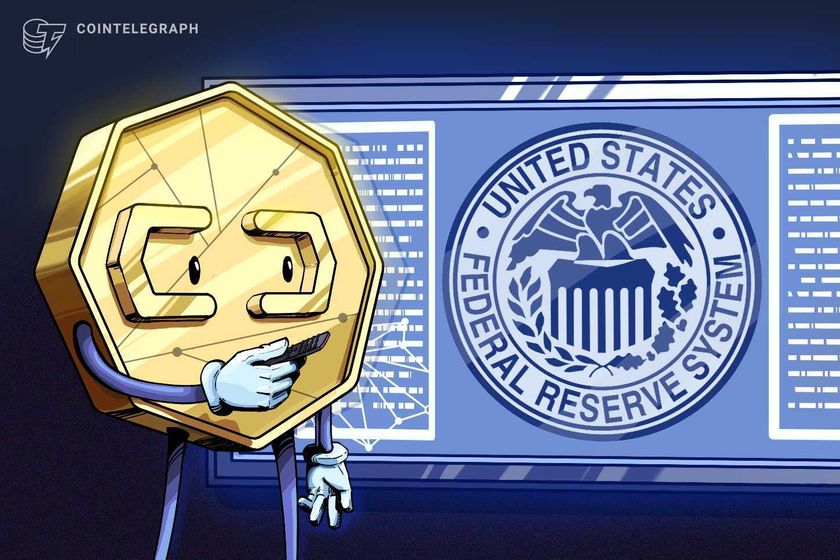Let’s Stop Feeding Into the AI Hype
In an era where tech companies have managed to achieve mind-boggling valuations thanks to the enormous hype surrounding AI and its ability to drive change, innovation, and extraordinary growth, it is perhaps time to step back and assess whether AI is really all that it is touted to be. What we are currently witnessing is reminiscent of the colonial powers discovering the New World’s riches and salivating at the prospect of raking in all the untamed resources and unimagined wealth all for themselves. The AI boom is premised on immense greed.
Greed on the part of the tech giants to make unheard of wealth for themselves, even while they sell the dreams of a much better life to the billions of regular folk, is what defines the so-called AI revolution. No other technology since the times of antiquity has so little to show for what it has actually achieved. As a matter of fact, AI has become more of a marketing buzzword for many companies around the world who push their products and services to gullible consumers as AI-enabled and, therefore, somehow better for them.
Just because a technology promises to do something with unparalleled efficiency does not necessarily make it better for mankind. All the material progress made by humans since the industrial revolution has come at a significant cost, in the shape of environmental damage and the considerable loss of plant and animal habitat. The ability to sail across the oceans, which led to the colonisations of the Americas, decimated the local populations and their civilisations, and led to a change in the flora and fauna of the land with the introduction of non-native plant and animal species by the colonisers.
The tech companies are well on the way to becoming the 21st-century equivalent of the American Fruit Company that ravaged Guatemala with its neo-colonialist labour practices and even led to the creation of the term banana republic, by capturing all the local levers of power. The threat posed by tech behemoths like Google, Meta, and Microsoft is universally recognised, with steps being taken to restrict and restrain any unfair trade practices these companies might indulge in by governments across the world, including in the US. The fact that these companies, among others, are at the forefront when it comes to deploying and monetising emerging AI technologies makes it important for everyone to study their offerings carefully and see if they actually provide any real value.
If doctors, journalists, technology specialists, pilots, teachers, and everybody else relied primarily on AI technology as it exists today, there would be hell to pay. Leave alone replacing people, except in the case of the most basic of repetitive jobs, AI cannot be left unattended to autonomously fill in for humans, simply because it is, for now and the foreseeable future, too dumb to achieve or accomplish anything worthwhile. All its so-called amazing capabilities are in the realm of fantasy and imagination.
These are presently no superior to a magician’s petty tricks and smoke and mirrors deception. They say that once Agentive AI capabilities are achieved, this may be possible. But that is something that may not happen, or if it happens, it might be many many years hence. So, in the meantime, let’s not worry ourselves sick worrying about job losses on account of greater and greater adoption of AI. If we cut through the hype, we will find that their AI has hardly inspired enough confidence in its users to warrant such fears. I don't know of one person who would prefer a chatbot to a live person when it comes to resolving one’s queries about anything.
It is nobody’s case that AI as a technology should not be harnessed for its abilities to lighten workloads and, where possible, make work more efficient. But reposing blind faith in it and singing hosannas to it does nothing but raise the crazy valuations of leading tech companies, which many are saying is leading to an inexorable grand collapse of the global stock markets. The technology has to be evaluated for what it presently offers and what it might offer in the years ahead in a rational and level-headed manner and not with a devotee’s zeal.
:::info Feature image source.
:::
\
You May Also Like

Federal Reserve expected to slash rates today, here's how it may impact crypto
Market participants are eagerly anticipating at least a 25 basis point (BPS) interest rate cut from the Federal Reserve on Wednesday. The Federal Reserve, the central bank of the United States, is expected to begin slashing interest rates on Wednesday, with analysts expecting a 25 basis point (BPS) cut and a boost to risk asset prices in the long term.Crypto prices are strongly correlated with liquidity cycles, Coin Bureau founder and market analyst Nic Puckrin said. However, while lower interest rates tend to raise asset prices long-term, Puckrin warned of a short-term price correction. “The main risk is that the move is already priced in, Puckrin said, adding, “hope is high and there’s a big chance of a ‘sell the news’ pullback. When that happens, speculative corners, memecoins in particular, are most vulnerable.”Read more

Shiba Inu’s (SHIB) Price Prediction for 2025 Points to 4x Growth, But Mutuum Finance (MUTM) Looks Set for 50x Returns
